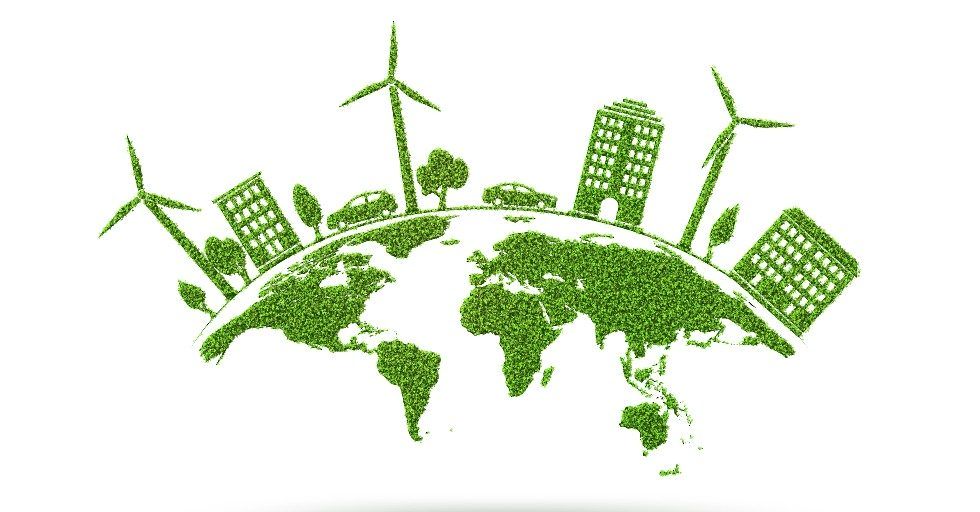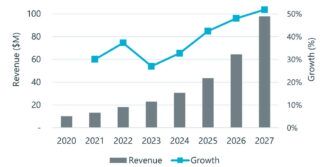Goldman Sachs released a comprehensive report in which the company’s analysts plotted the path to net-zero carbon emissions by comparing scenarios for two models of global decarbonization.
The first scenario is in line with the goal of the Paris Agreement (to limit the Earth’s average temperature rise to well below 2°C; achieve net global zero emissions by 2060), the second one presents a more ambitious plan (global zero net emissions by 2050; limiting global warming to 1.5°C).
In the case of the second scenario, GS experts expect cumulative investments in green infrastructure worth USD 56 trillion, which will mean over 2% of global GDP by 2032.
Goldman Sachs estimates that the hydrogen market could grow sevenfold by 2050 to over 500 million tonnes per year, while carbon capture will increase from the current around 40 MtCO2 to over 7,000 MtCO2 per year, and carbon offsetting (mainly natural sinks). but also through direct capture of carbon dioxide from the air) will contribute to a reduction of around 15% in emissions in sectors that are more difficult to decarbonise.
Both scenarios assume that oil demand will peak by 2025, but due to the pace of decline in oil demand, GS analysts still see the need to launch new mega-projects by 2030 (for the 1.5° scenario) or 2035 r. (for the scenario “<2.0°”). According to GS, gas demand will peak in 2030 (in the “1.5°” scenario), but plays a key role as a transition fuel in the “<2.0°” path and in this option, demand will continue to grow until 2037 r.



![Forecasts, Opportunities, and Challenges for the Polish Industry in 2024 [ANALYSIS] Forecasts, Opportunities, and Challenges for the Polish Industry in 2024 [ANALYSIS]](https://industryinsider.eu/wp-content/uploads/xIndustry-40-320x167.jpg.pagespeed.ic.o8zijDQlIJ.jpg)
![The importance of artificial intelligence in transport and automotive industry is growing [REPORT] The importance of artificial intelligence in transport and automotive industry is growing [REPORT]](https://industryinsider.eu/wp-content/uploads/xcity-320x167.jpeg.pagespeed.ic.xFkQdk7qXO.jpg)
![By 2030, the market size of metal processing tools is expected to reach $120.44 billion [REPORT] By 2030, the market size of metal processing tools is expected to reach $120.44 billion [REPORT]](https://industryinsider.eu/wp-content/uploads/xcutting-tools-320x167.jpg.pagespeed.ic.SgnEk-RWA-.jpg)
![Methane emissions remains elusive challenge for oil and gas industry [REPORT] Methane emissions remains elusive challenge for oil and gas industry [REPORT]](https://industryinsider.eu/wp-content/uploads/xMethane-emissions-by-source-320x167.jpg.pagespeed.ic.q-7jG2luXb.jpg)

![Will digital twin revolutionize the aerospace and defense sector? [REPORT] Will digital twin revolutionize the aerospace and defense sector? [REPORT]](https://industryinsider.eu/wp-content/uploads/xdigital-twin-in-aerospace-320x167.jpg.pagespeed.ic.K-YNPhggcS.jpg)